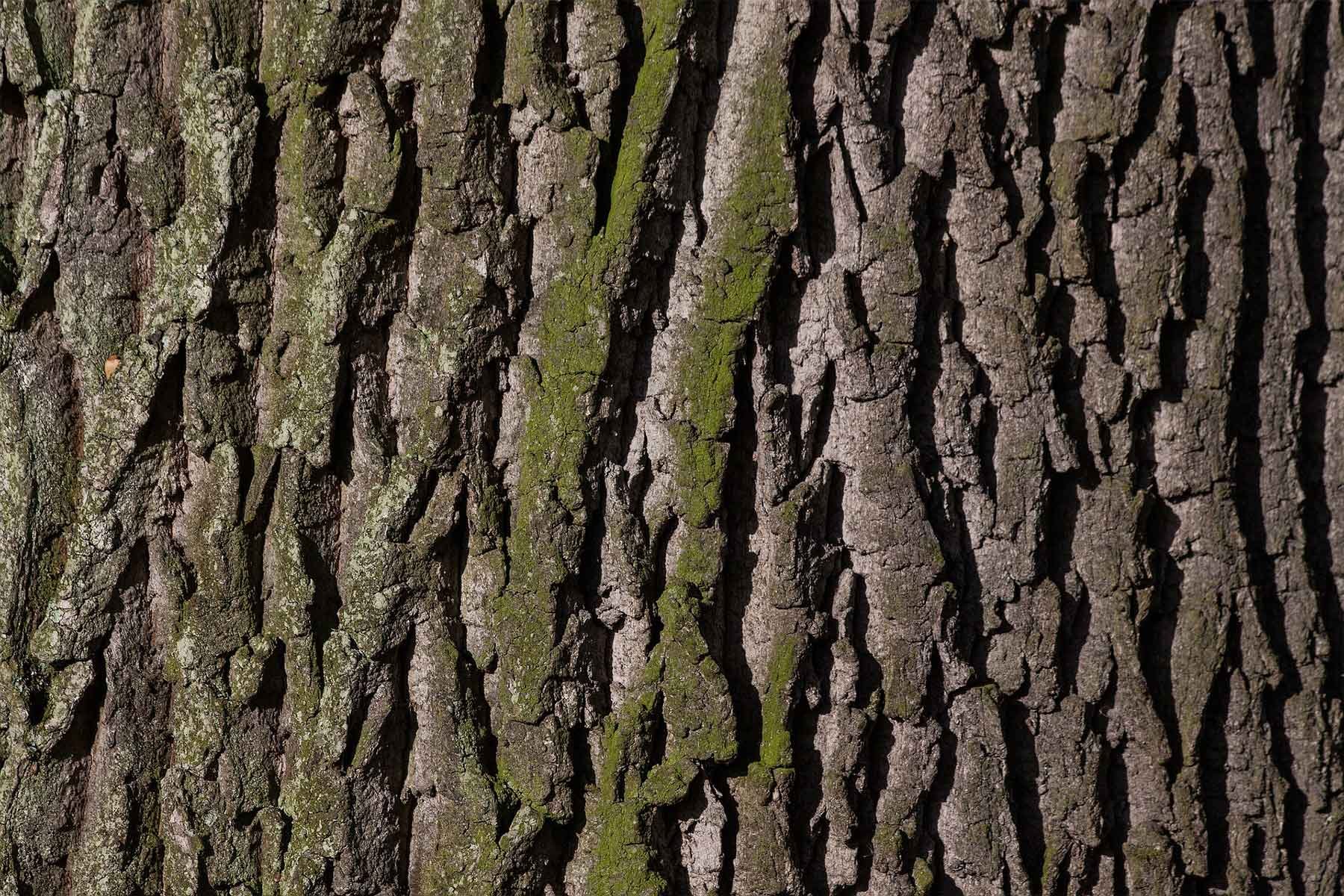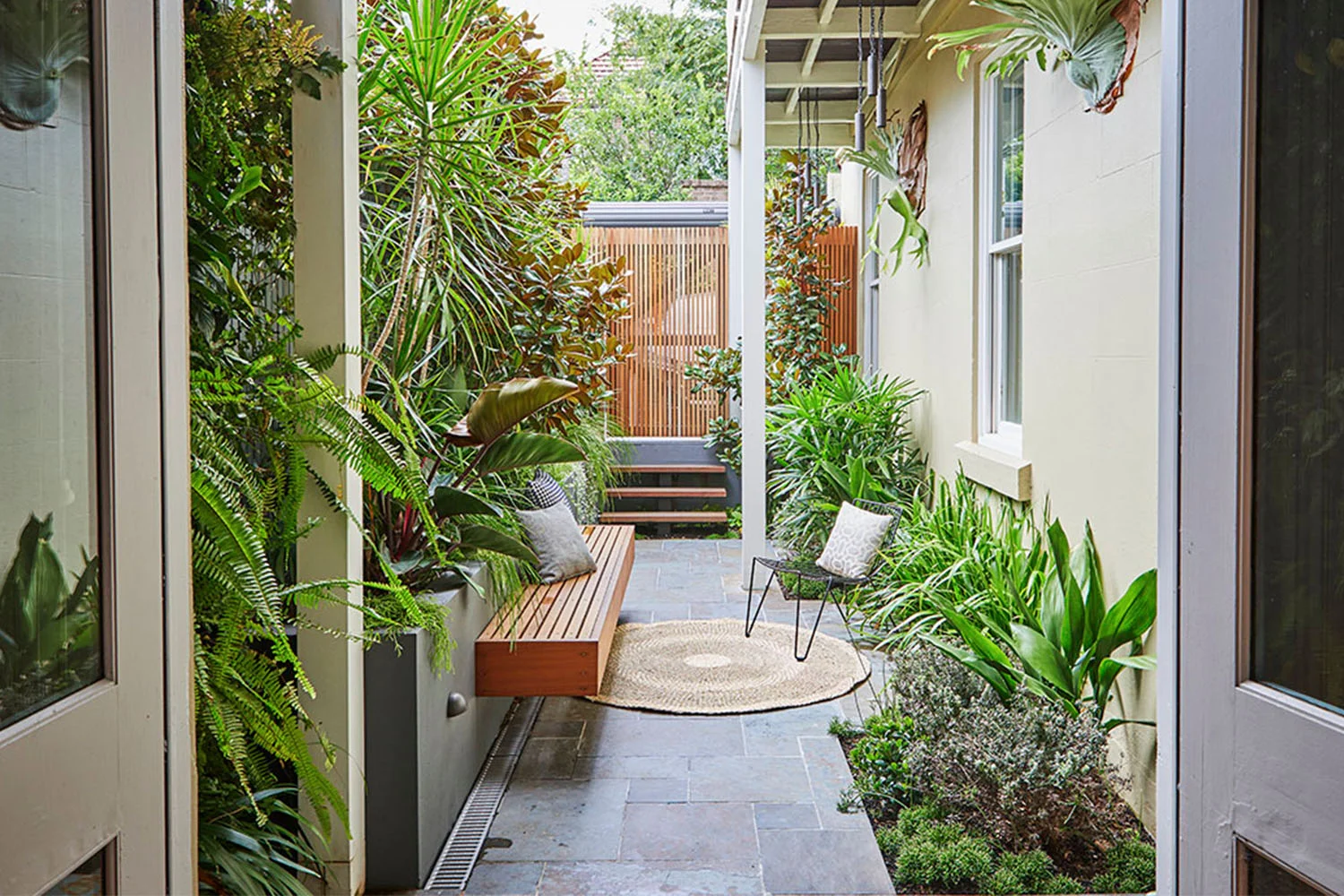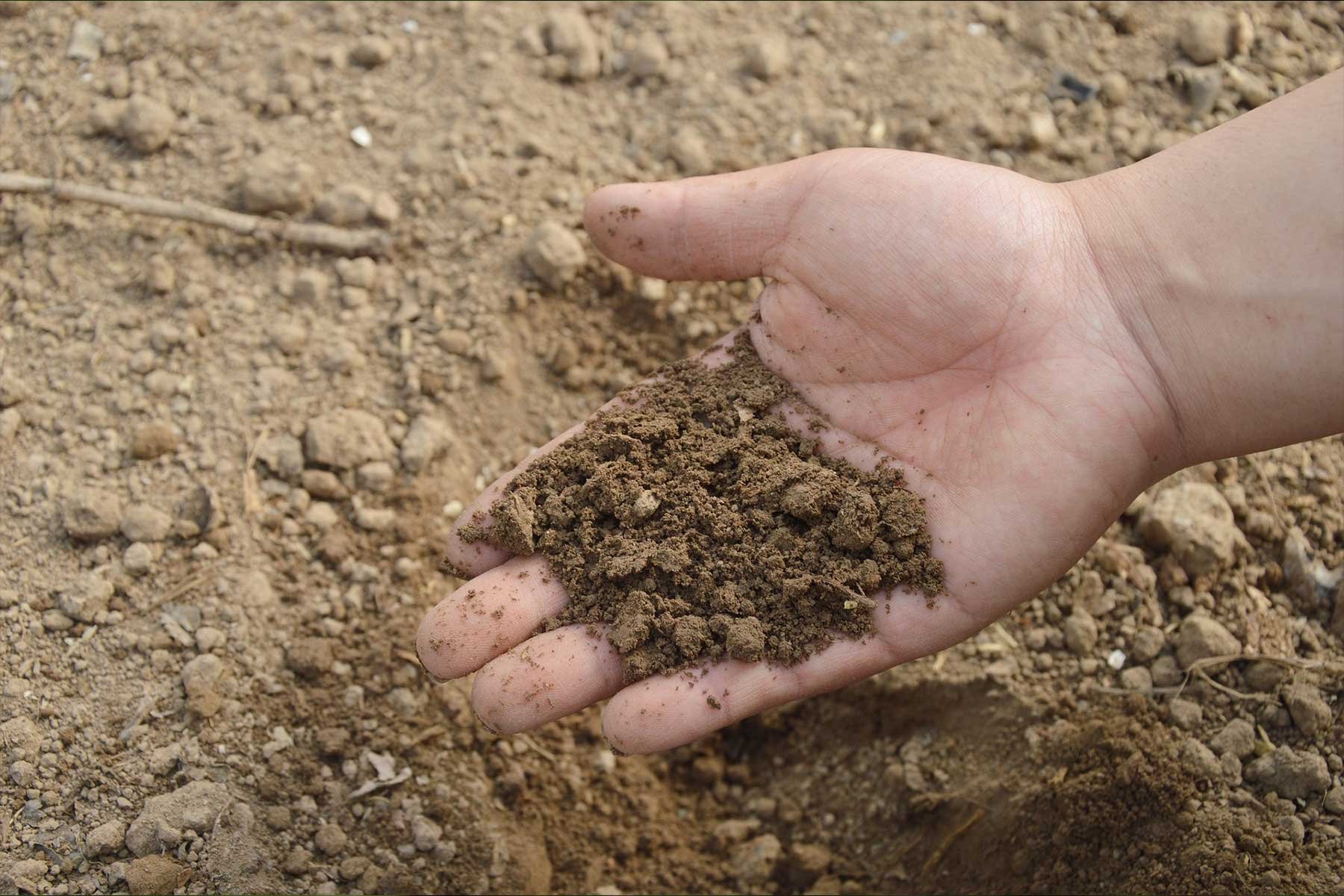Designing With Plants
Josh’s Top Tips
Josh Yaqub, Landscape Designer & Stylist
Often when people think about landscaping, they automatically think of hardscapes such as paving and decking or structures such as pools and pergolas. But the materials that we love playing with the most are Plants.
Plants are one of the most beautiful and loved tool in a landscape designer’s palette. Their seasonal changes and ever-changing nature means that creativity with plant combinations will never cease. Making each garden wholly individual and unlike no other.
Anyone who’s lived through the Landscape Construction process will remember the feeling they have when the plants finally go in. The feeling that the hard spaces have been softened with the addition of texture, greenery and life. The garden starts to feel complete.
It’s also one of the most exciting things for us, as designers, to see gardens years after they’ve been planted, to see how the combinations we created have evolved.
Where hardscapes will remain as they were when installed, it’s the plants that grow around them that create the ongoing excitement and interest within the garden. It emphasises for us, the importance of maintenance, to ensure the plants are trained to act in the way that they were designed to behave within the initial plan.
Plants play a huge roll in how a finished garden will look and feel. It’s through the choice of plants and the way that they are combined together, that a garden can go from a harsh, open space, to an intimate, soft and inviting area. They are one of the main ways to define the mood and feeling within the garden.
Being able to use plants within a landscape plan as a design tool is a very specialised skill. Knowing which plants will work in the micro-climates within each garden is key, as is knowing the relationships plants will have with each other, both horticulturally and visually when combined.
We’re constantly thinking about pushing the boundaries with new and interesting species and designs, but there are a few key elements that always remain top of our mind when we’re planning out the plant selection for a garden.
Colour
Plant colours and the ways that they are combined can help in definining the genre of a garden and the mood it will create. Also knowing that bright, light colours will be seen as closer to the viewer and darker colours as further away, allow us to play with perspective.
Both foliage and flower colour are taken in to account. And knowing which season each plant flowers, allows us to create interest year round.
Texture
When we refer to texture, we’re referring to the size of the leaves and the finish and effect this creates. A small leaf provides a fine texture, a large leaf provides a loose texture. If we used the one texture through a garden, we’d be creating a very one-dimensional space. By putting a large leaf behind a small leaf, a backdrop is formed to help the small-leafed plant pop. Smaller leafed plants will seem further away to the viewer and larger leafed plants closer, again allowing us to play with perspective.
Form
The form of the plant refers to the shape and silhouette that the whole plant provides. This helps us in creating drama on the right level for the garden. We keep our planting plans very simple in terms of features so that they remain timeless. But being able to use plant form, the landscape designer can create visual movement through the space and provide dimension and interest through the garden.
Through underpinning all of our designs with these key elements, we’re always striving to evolve our planting plans to create new and interesting spaces to bring joy throughout the life of the garden.
Josh Yaqub
Landscape Designer & Stylist



























Through Winter
Falling leaves throughout Autumn and Winter can be a constant job and a major headache, keeping paths, steps, decks and lawns clear.